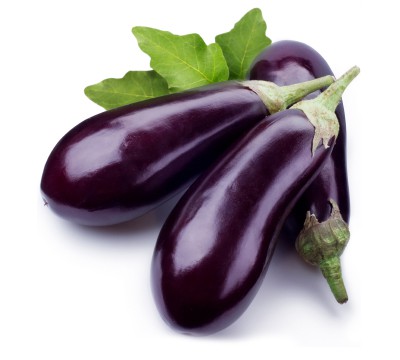The cherry is the fruit of many plants of the genus Prunus. It is a fleshy stone fruit. The cherry fruits of commerce are usually obtained from a limited number of species, including especially cultivars of the wild cherry, Prunus avium.
The name ‘cherry’, often as the compound term ‘cherry tree’, may also be applied to many other members of the genus Prunus, or to all members of the genus as a collective term. The fruits of many of these are not cherries, and have other common names, including plum,apricot, peach, and others. The name ‘cherry’ is also frequently used in reference to cherry blossom.
The native range of the wild cherry extends through most of Europe, and the fruit has been consumed through its range since prehistoric times. A cultivated cherry is recorded as having been brought to Rome by Lucius Licinius Lucullus from northeastern Anatolia, also known as the Pontus region, in 72 BC.
A form of cherry was introduced into England at Teynham, near Sittingbourne in Kent by order of Henry VIII, who had tasted them in Flanders.
The English word cherry, French cerise, Spanish cereza all come from the Classical Greek (κέρασος) through the Latin cerasum, thus the ancient Roman place name Cerasus, from which the cherry was first exported to Europe.
Cherry – Related to both plums and apricots, the cherry tree produces small red fruits with a distinctive taste. Sweet and fragrant, cherries are a midsummer treat.
Benefits
Cherries contain the powerful antioxidant anthocyadin. Cherries are believed to relieve gout if at least 225 g are eaten daily. They are also thought to have a mild laxative action.
Maximising the benefits
Although fresh cherries have a very short season, cherries that have been bottled, canned or cooked seem to retain their beneficial qualities.

